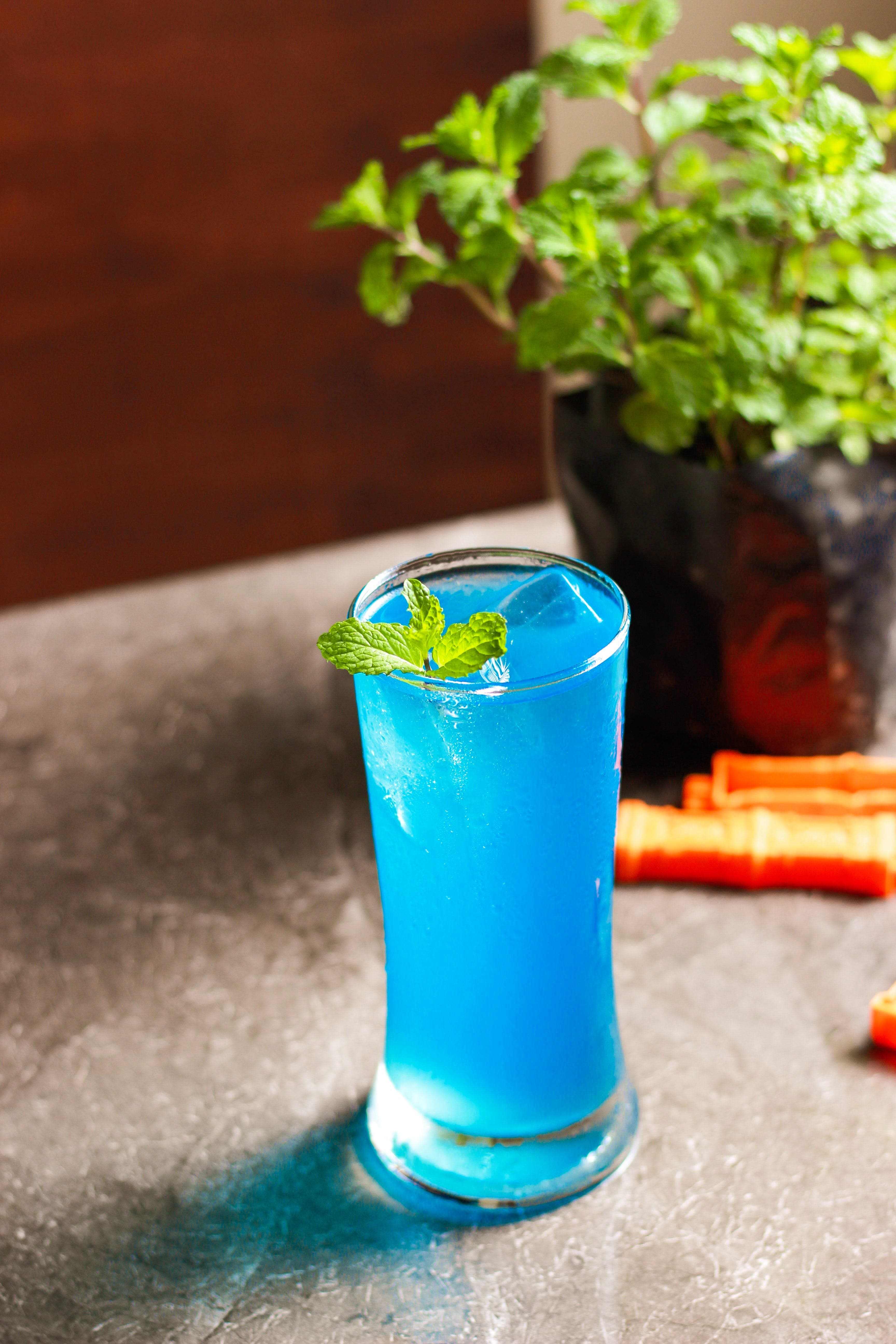Virgin Blue Lagoon Mocktail
Omitting the addition of liqueur or spirit to the classic tropical cocktail is resultant of this virgin variation that uses blue curaçao syrup to derive the eye-catching blue hue. Elevate the aesthetic appeal of this zero-proof drink using a variety of fresh or preserved fruit garnishes which also contribute additional flavour.
3 Minutes
Prep Time
Beginner
Skill Level
1
Serving Size
Ingredients
Serves1- Check off ingredients
- 20mL blue curacao syrup
- 15mL lime juice
- to top up Fizzy lemon soda
- for garnish Maraschino cherry
- Ice cubes
Method
- Step 1
In a tall glass filled with ice, combine the blue curaçao syrup and lime juice.
- Step 2
Pour over the fizzy lemon soda and serve garnished with a Maraschino cherry.
Tips & Suggestions
Frequently Asked Questions
Is there any other substitute for blue curacao?
Does blue curacao syrup contain alcohol?
How to make an alcoholic version of the virgin blue lagoon mocktail?.
This content is not available in your location
You may also love these
Rate This Cocktail
If you love this recipe then tab a star to rate it.

Tap for rating
Display Name
Please share your opinion about the Cocktail.




